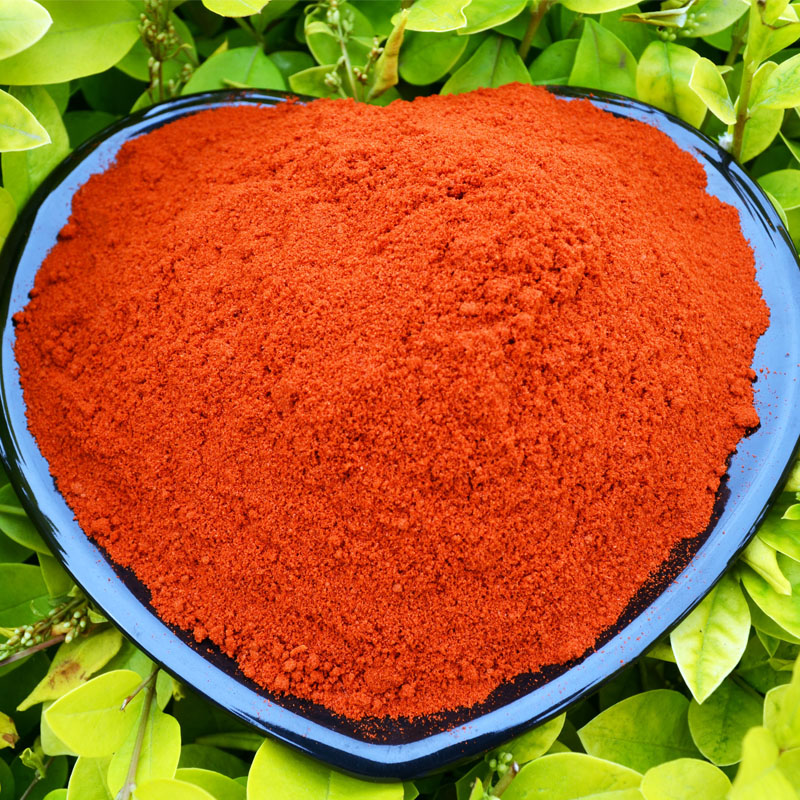- No. 268 Xianghe Street, Economic Development Zone of Xingtai city, Hebei 054001 China
- Byron@hbhongri.cn
What You Need to Know About Dried Red Chili Peppers
The Vibrant World of Dried Red Chilli Peppers
Dried red chilli peppers have become a staple ingredient in kitchens around the globe, celebrated for their ability to add both heat and depth of flavor to a myriad of dishes. These tiny powerhouses pack more than just a punch; they are rich in nutrients, history, and culinary versatility. In this article, we will explore the journey of dried red chilli peppers from their origins to their role in contemporary cuisine, alongside their health benefits and tips for storage.
Origins and History
Chilli peppers originated in the Americas, cultivated for thousands of years before being introduced to the rest of the world. The Spanish explorers were among the first to bring them to Europe in the late 15th century. Over the years, the popularity of chilli peppers spread across continents, leading to the development of various cultivars and preparations. Dried red chillies are often produced from ripe, fully matured peppers, dried in the sun or in dehydrators. This method not only extends their shelf life but also intensifies their flavor.
Culinary Uses
Dried red chillies can be found in numerous culinary traditions, from Mexican salsas and Indian curries to Italian pasta sauces and Thai stir-fries. They can be used whole, crushed, or ground into powder, depending on the desired spice level and flavor profile. Whole dried chillies add a smoky depth to dishes when rehydrated, while crushed or powdered forms can provide a more even distribution of heat.
In cooking, dried red chillies can be toasted briefly in a dry skillet to release their essential oils and enhance their flavor before being added to sauces or stir-fries. They are also commonly used in spice blends, such as chili powder, paprika, and curry powders, showcasing their ability to complement a wide range of spices.
dried red chilli pepper

Nutritional Benefits
In addition to their culinary appeal, dried red chilli peppers offer several health benefits. They are low in calories and packed with vitamins, particularly vitamin C and vitamin A, which are essential for a healthy immune system and skin. The capsaicin found in chillies is known for its anti-inflammatory and antioxidant properties, making them a natural ally for promoting overall health.
Studies have shown that consuming spicy foods can boost metabolism and even promote weight loss by increasing energy expenditure. Furthermore, capsaicin may aid in pain relief and has been associated with a lower risk of certain diseases, including heart disease and certain types of cancer.
Storage Tips
To maintain the freshness and potency of dried red chilli peppers, proper storage is essential. They should be kept in a cool, dark place, away from moisture and direct sunlight. Airtight containers, such as glass jars or vacuum-sealed bags, can help preserve their flavor and prevent them from becoming stale or losing their heat. When stored correctly, whole dried chillies can last for up to a year, while ground varieties should ideally be used within six months for optimal flavor.
Conclusion
Dried red chilli peppers are more than just a spice; they are a testament to the rich culinary history spanning continents. Their versatility, vibrant flavor, and health benefits make them a valuable addition to any kitchen. Whether you are a seasoned chef or a home cook, incorporating dried red chilli peppers into your dishes can elevate your meals, bringing a touch of warmth and complexity that is sure to delight the palate. As we continue to explore the world of flavors, let us not overlook the humble dried red chilli pepper, a small ingredient with a big impact.
-
Turmeric Rhizome Powder: A Golden Treasure from Roots to TableNewsJul.28,2025
-
The Versatile Application Of Crushed Red Hot Peppers: Lighting Up The Red Flames On The Dining TableNewsJul.28,2025
-
The Paprika: A Touch Of Vibrant Red In Color, Flavor, And CultureNewsJul.28,2025
-
Ground Turmeric: A Modern Examination of an Ancient SpiceNewsJul.28,2025
-
Capsicum Liquid Extract: Features, Applications, and ChallengesNewsJul.28,2025
-
Application of Capsicum Liquid Extract in FoodNewsJul.28,2025







